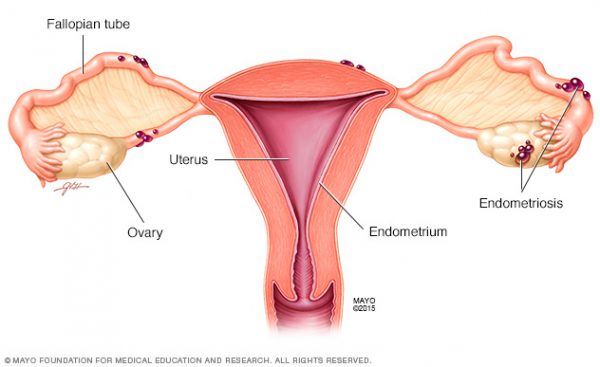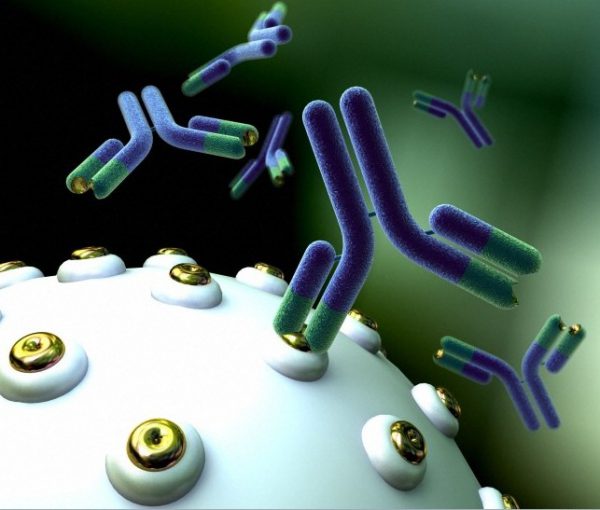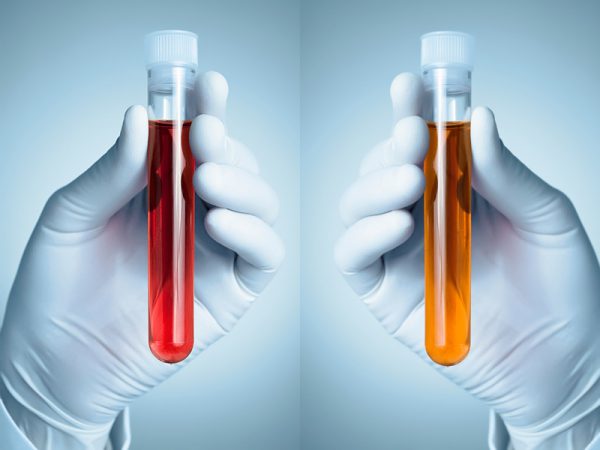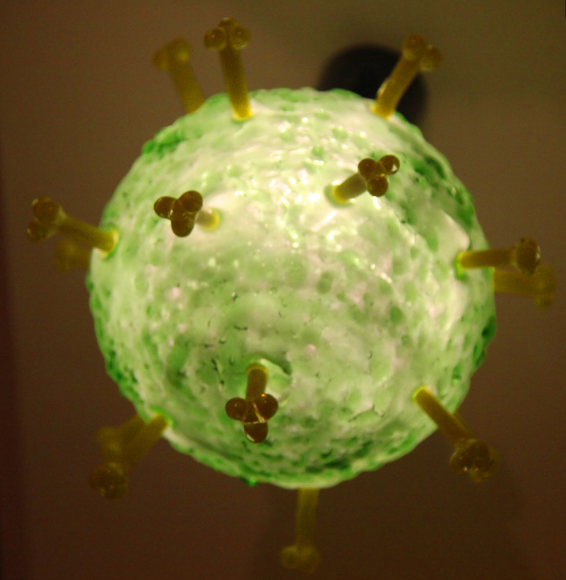
Thu, 2017/11/30
DcR3 Is the Key Factor of Endometriosis, Academia Sinica Found

Tue, 2017/10/31
The Nobel Prize in Chemistry 2017 Awarded to Three Developers of Cryo-Electron Microscopy

Tue, 2017/10/24
The 2017 Nobel Prize in Physiology or Medicine Announced

Tue, 2017/10/17
Trispecific Antibodies Show Exceptional Potency Against Diverse HIV Viruses

Thu, 2017/09/28
Worldwide Mortality Rates: One in Five Deaths Linked to Poor Diet

Sun, 2017/09/24
Cryo-EM Technique - Uncovered the Atomic Structure of a Key Alzheimer's Protein for the First Time

Tue, 2017/09/05
Learn FDA’s Review of Bio-similar from ABP215

Fri, 2017/07/28
Antiviral Proteins Designed by Computer May Help Halt Pandemic
